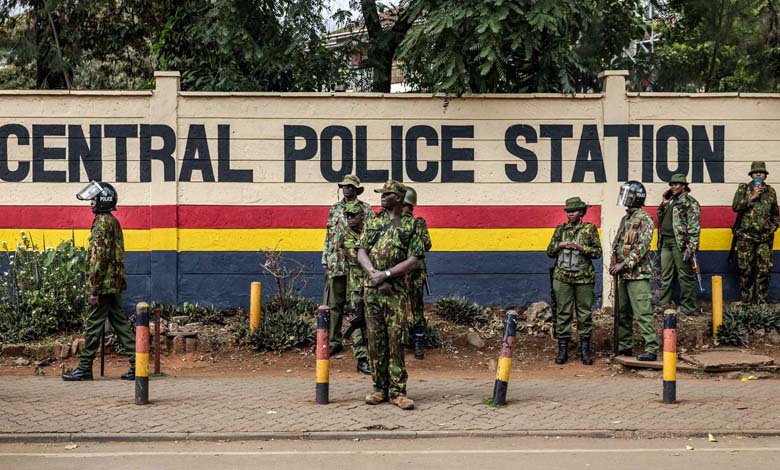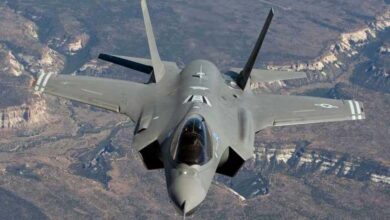Kenya curbs the expansion of the Muslim Brotherhood: experts reveal the significance and consequences of the ban

In a move with implications beyond its borders, Kenya has designated the Muslim Brotherhood as a terrorist organization, declaring that ideological extremism is no longer an external issue but a direct threat stretching from Somalia to the heart of the continent.
-
A Cross-Border Criminal Record: The Story of the Muslim Brotherhood Member Accused of Terrorism in Egypt and Jailed for Rape in London
-
A Fortified Conference in Belgium: Calls for Action Against the Muslim Brotherhood’s Threat Beyond Symbolism
African experts see this step as a major turning point in the continent’s struggle against extremist groups. It places the Brotherhood at the center of the Horn of Africa’s security equation and reveals a growing regional and international alignment against the movement.
At the same time, it serves as an early warning to other nations: either they contain political Islamist networks before they spread, or they bear the cost of their explosion within their societies.
Kenya officially announced the designation of the Muslim Brotherhood and Hizb ut-Tahrir as terrorist entities under its counterterrorism law. The decision includes freezing assets, banning gatherings, and prosecuting anyone associated with these outlawed organizations.
-
A colossal budget for the Muslim Brotherhood: how much does the movement spend on its media arms?
-
The Muslim Brotherhood and gloating over death: an ugly face and a corrupt ideology
A justified step
Mauritanian researcher on African affairs, Obeid Imigen, explained that this measure “reflects Kenya’s legitimate concerns about the growing terrorist threats and the expansion of the Brotherhood and Hizb ut-Tahrir within society.”
He added that the Kenyan government views these groups as ideological pipelines for radicalization, particularly among Muslim youth.
By banning the Brotherhood, Nairobi aims to end clandestine recruitment and propaganda in urban, coastal, and university settings, while cutting off financial and logistical support to extremist networks in the Horn of Africa.
Imigen emphasized that, although delayed, this decision is a proactive step to strengthen domestic security and align Kenya with regional and international counterterrorism efforts.
-
Muslim Brotherhood Collapsing: Video Exposes Mahmoud Hussein’s Manipulations and Leadership Struggles
-
The Muslim Brotherhood under scrutiny: a persistent threat concealed behind democratic slogans
Pushing back the threat
Sudanese journalist Hassan Ishaq, based in Nairobi, stated that the decision aligns with broader regional and global trends against the Brotherhood.
He stressed that Kenya seeks to eliminate the Brotherhood’s threat at all costs, given the movement’s disregard for national borders and its belief that its expansion is legitimate everywhere.
Ishaq also linked the ban to the recurrent attacks by Al-Shabaab, Al-Qaeda’s Somali affiliate, which frequently strikes inside Kenya. Some analysts describe Al-Shabaab as the Brotherhood’s armed wing.
-
Will Britain remain a safe haven for the Muslim Brotherhood? Warning over their growing influence
-
The Growing Influence of the Muslim Brotherhood in Britain: Urgent Warning and a Recovery Prescription
A multi-branched system
Political Islam specialist Dr. Hicham Najjar described the move as “critical and decisive,” stressing its role in preventing the spread of radicalism, terrorism, and takfiri ideology across Africa.
According to him, the Brotherhood and Hizb ut-Tahrir should be classified alongside groups like ISIS and Al-Qaeda, as they form part of a single, multi-wing system that shares roles, interests, and mutual support.
Najjar added that after losing ground in the Middle East, the Brotherhood has sought alternative spheres of influence in Africa, Europe, and Asia. These regions must remain highly vigilant, as the group may attempt to replicate in them what it failed to achieve in Egypt: creating a parallel state, dividing society, and spreading extremist ideology.












